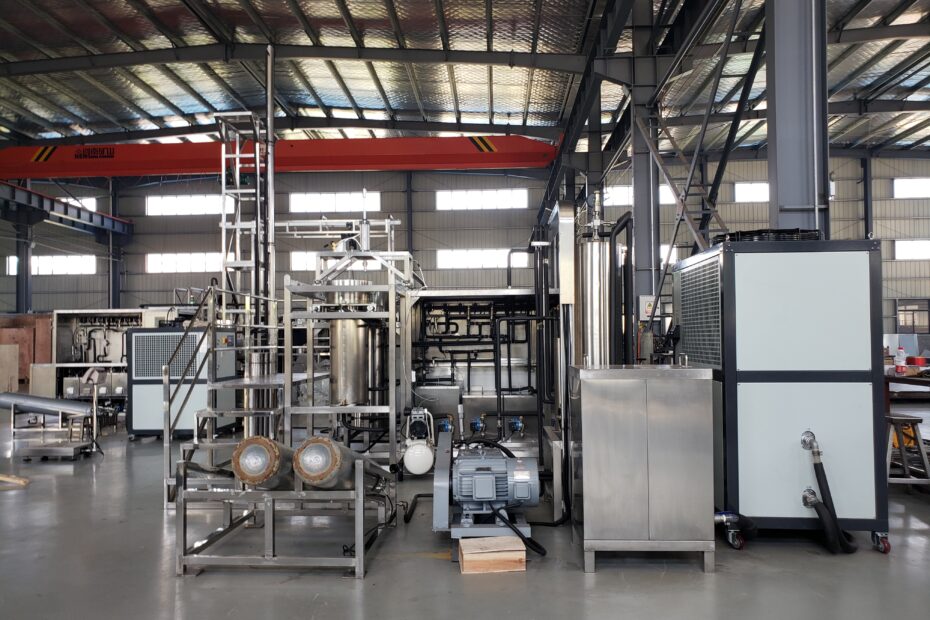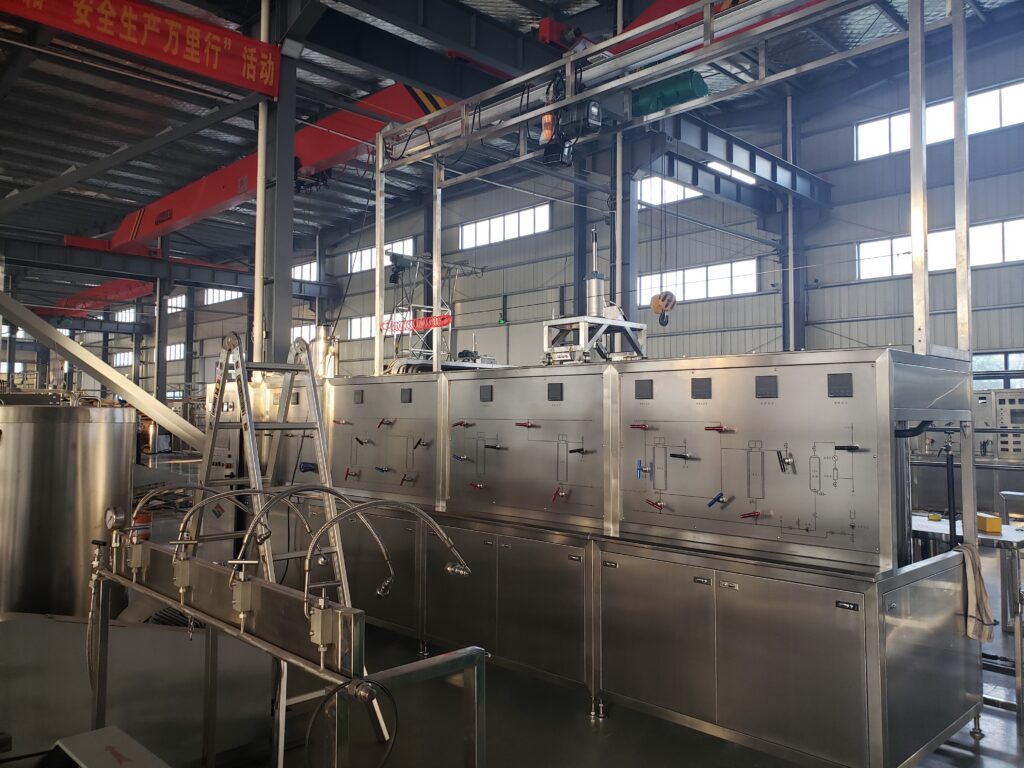In the realm of botanical extraction, two methods stand out for their effectiveness in capturing the essence of plants: supercritical CO2 extraction and steam distillation. Both techniques offer unique advantages and applications in extracting essential oils and bioactive compounds.
Understanding Supercritical CO2 Extraction
Supercritical CO2 extraction harnesses the properties of carbon dioxide in a state where it exhibits both liquid and gas characteristics, known as the supercritical state. Under specific conditions of temperature and pressure, CO2 becomes a highly efficient solvent for extracting compounds from botanical materials. The process involves passing CO2 through the plant material, where it dissolves and carries away the desired compounds.
Mechanics Behind Supercritical CO2 Extraction
The success of supercritical CO2 extraction lies in its ability to selectively dissolve target compounds while leaving undesirable components behind. By adjusting temperature and pressure parameters, operators can fine-tune the solvent’s solubility, making it ideal for extracting a wide range of compounds, including essential oils, terpenes, and cannabinoids. Furthermore, CO2 is non-toxic and non-flammable, ensuring the safety and purity of the extracted products.
Understanding Steam Distillation
Steam distillation, on the other hand, is a traditional extraction method that relies on the principles of heat and vaporization. In this process, steam is passed through the plant material, causing the essential oils and other volatile compounds to vaporize. The vapor is then condensed and collected, separating the essential oil from the aqueous distillate.
Mechanics Behind Steam Distillation
Steam distillation is a relatively simple yet effective method for extracting essential oils from botanicals. The process takes advantage of the varying boiling points of different compounds, allowing for the selective extraction of volatile oils while minimizing the degradation of heat-sensitive components. However, steam distillation may not be suitable for extracting certain non-volatile compounds that require higher temperatures or pressures for extraction.
Comparison of Supercritical CO2 Extraction and Steam Distillation
| Aspect | Supercritical CO2 Extraction | Steam Distillation |
|---|---|---|
| Solvent | Carbon dioxide (CO2) | Water (steam) |
| Selectivity | Highly selective, targets specific compounds | Less selective, extracts a broader range of compounds |
| Temperature/Pressure | Requires precise control of temperature and pressure | Relies on high temperature and steam pressure |
| Efficiency | Efficient extraction process | Longer extraction times may be required |
| Heat Sensitivity | Suitable for heat-sensitive compounds | May degrade heat-sensitive compounds |
| Safety | Non-toxic and non-flammable solvent | Uses water as a solvent, generally safe |
| Environmental Impact | Low environmental impact, CO2 is recycled | Water consumption, energy-intensive process |
Advantages and Disadvantages of Supercritical CO2 Extraction
Advantages:
- Highly selective extraction
- Minimal heat degradation of sensitive compounds
- Non-toxic and non-flammable solvent
Disadvantages:
- Requires precise control of temperature and pressure
- Initial setup costs can be high
- Limited scalability for large-scale production
Advantages and Disadvantages of Steam Distillation
Advantages:
- Simple and traditional extraction method
- Generally safe and environmentally friendly
- Suitable for extracting a wide range of compounds
Disadvantages:
- Less selective extraction
- Longer extraction times may be required
- May degrade heat-sensitive compounds
Conclusion
In conclusion, both supercritical CO2 extraction and steam distillation offer valuable techniques for extracting essential oils and bioactive compounds from botanical materials. While supercritical CO2 extraction provides greater selectivity and efficiency, steam distillation remains a reliable and cost-effective method, particularly for large-scale production. Ultimately, the choice between these methods depends on factors such as the desired compounds, scale of production, and budgetary considerations. As the demand for natural products continues to grow, understanding the nuances of these extraction techniques is essential for achieving optimal results in botanical extraction.

